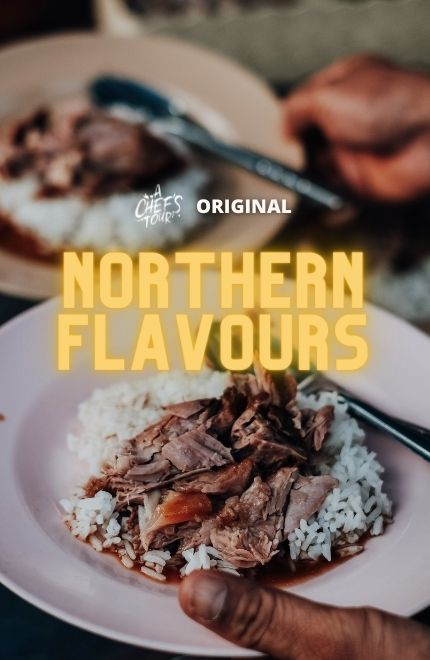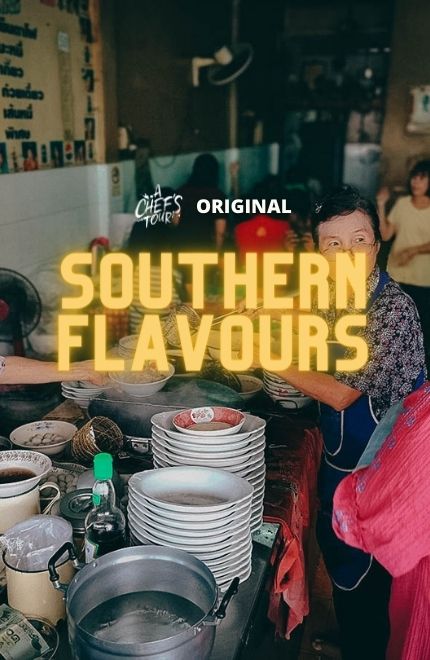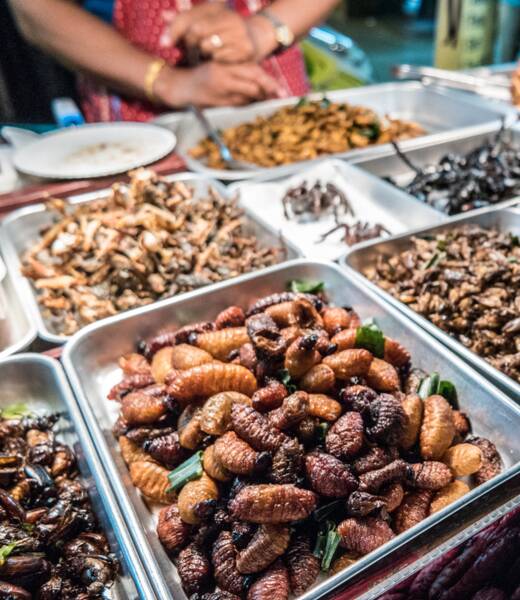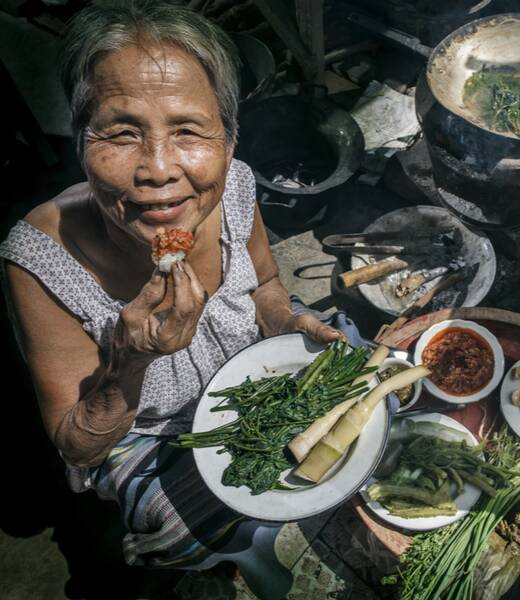In a part of the world where rice is so abundantly grown and consumed, it’s no surprise to learn that the Thai people also make alcohol from this dietary staple. The literal translation of lao khao in English would be “white spirit”, but a more accurate approximation might be “rice whiskey”. Drunk by over 60% of the populace, lao khao is a cheap, easy-to-obtain and fast-acting intoxicant favoured by the working classes.
When it comes to sales of lao khao, Thailand’s increasingly affluent urban centres are moving away from the drink towards more commercial forms of inebriation, but it’s still incredibly popular in a rural setting. At just 60 baht (just under $2) per bottle, it’s not hard to see why, and lao khao can be purchased at roadside shacks, small independent stores and virtually every outlet of 7-11 in the country. It might not taste very nice, but it’ll surely take your mind off whatever worries plague your troubled mind or burden your bowed back.
Much of the production is made in the north of Thailand where we have our Chiang Mai food tour.
History of lao khao
With little written history surrounding lao khao, it’s impossible to say exactly how long the beverage has been distilled and consumed in the country. Given that rice has been cultivated for millennia, it’s not a stretch to assume that lao khao’s history is nearly as long. What we do know is that the industry of making, selling and drinking lao khao was completely unregulated until the 1950s. At that point, concerns over inhalation and ingestion of methanol – a by-product of the process when using tin or aluminium stills – led the government to take over all distilleries in the country.
Although the government did remove the threat of methanol by replacing the old stills with stainless steel alternatives, they quickly discovered that the task of running all lao khao distilleries was just too big for them to tackle. Privatisation returned once more, but mismanagement meant that only 12 factories remained open by 1984. At this point, beverage tycoons ThaiBev bought all of the remaining locations and secured a monopoly on the industry that would last until the mid-1990s.
Competition increased throughout the decade but only became really fierce with the accession of Thaksin Sinawatra to government in 2001, elected on a mandate of allowing everyday citizens to make their own product. Nowadays, anyone with a license and a clean tax record can make and sell lao khao. High penalties imposed on those running an illicit still (up to six months in prison and 5,000 baht ($162)) has all but ended the black market of the industry, but lao khaoitself remains as popular as ever.

A basic lao khao distillery in Northern Thailand
The distilling process
Unlike its more sophisticated counterparts of sake in Japan or soju in South Korea, the distillation process of lao khao remains uncomplicated and unrefined. The process begins by fashioning yeast cakes from ground sticky rice, water and a mixture of herbs and spices, including chilis, lemongrass, garlic and galangal, among others. These cakes are insulated within a bamboo lattice of rice hay and blankets to create a stifling hot environment which encourages the development of yeast. After a couple of days of this hotbox treatment, the cakes are removed and dried in the Thai sun for between three and five days.
The yeast is then ground into a powder and mixed with steamed sticky rice and water and left to ferment for a week or more. The liquid is then strained from the rice and passed through a rudimentary still, often made of an oil drum over an open fire. As the liquid boils and turns into vapours, it comes into contact with a cold surface at the top of the drum, where it converts back into high-strength alcohol and is collected in a suitable receptacle. As with the manufacture of Scotch whisky, the initial spirit that issues (known as the head) is too strong for purpose, while the last part (known as the tail) is too weak. But once mixed together, they reach a strength of around 30% ABV and are ready for bottling. There is no maturation in oak barrels or the suchlike; instead, the clear liquid is sent straight to market. It’s for this reason that lao khan retains a harsher taste than some of its competitors, since there is no time for them to be teased out of the liquid. It’s become the drink’s defining feature – alongside its incredibly cheap price tag, of course.
Types of food eaten with lao khao
Perhaps in part to mask the unpleasantness of this taste, lao khan is often consumed with a variety of different snacks and foodstuffs. Indeed, the idea of Thai drinking food (known as ahaan kap klaem) is embedded into the country’s culture. The exact fare on offer might differ from place to place; accompaniments to lao khao in Chiang Mai might be very different from those on offer in the south, for example. In general, however, the drink is paired with small dishes that have a distinctively strong flavour – whether that be sour, spicy or salty – to take the edge off lao khan’s robust tang.
Some of the most popular options include phat khii mao (otherwise known as “drunkard’s stir fry”), a fiery concoction of meats, vegetables and spices that is designed to cut through the fog of inebriation and wake up the palate. Elsewhere, there’s laap muu thawt, a pork salad of Laos origin that has been commandeered by Thai drinkers all over the country. Or alternatively you could try yam samun phrai, another salad containing pork and shrimp with a salty, sweet and sour dressing. We recommend eating any or all of the above alongside a shot or two of lao khan to balance out the impact of this potent poison and save you from the worst of its effects the morning after. Chiyo (cheers)!
Where to try lao khao in Bangkok
One of the best places to try lao khao in Bangkok is the trendy little Thaisho bar in Phaya Thai. The bar has a good number of ya dong, lao khao infused with medicinal herbs that are used to create some excellent cocktails.

While you are in town, why not hop on this chef-designed Bangkok food tour to navigate the best street eats with the help of an expert local food guide.

A Chef's Tour
Sign up for our newsletter.






